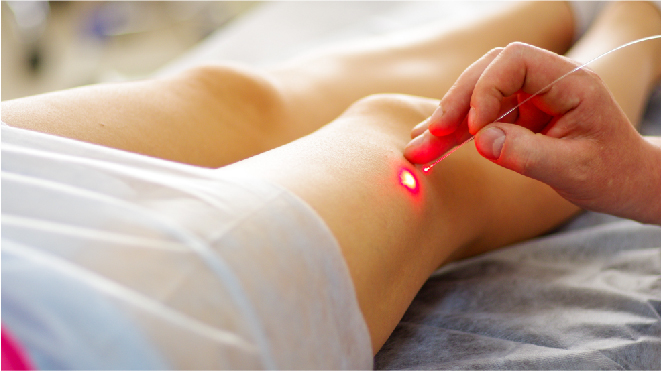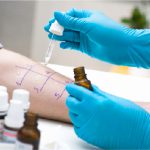Skin cancer can develop in any part of the body, but most often it is developed on skin that is more exposed to the UV radiation. Skin cancer occurs to people of all skin tones. Read more about skin cancer here.
How is skin cancer staged?
Staging standardizes the process of describing how much the cancer has spread in the body. Staging of cancer helps the doctors figure out how much the cancer has spread and determine its best treatment and also helps calculate survival statistics. The lower the number of the stage, the less is the cancer has spread, with early stages being 1 and the most advanced stage being 4.
TNM method:
Most cancers that have tumours are staged using a staging system called TNM system and the same is used for skin cancers. The size of the primary tumour (T), the presence of cancerous lymph nodes (N) and how far the skin cancer has spread to a different part of the body (M) can be described using the TNM system.
High risk features:
The following are the high risk factors of skin cancer:
- The cancer is more than 2 mm thick in diameter
- It has grown into the lower dermis
- It has grown into the space around a nerve
- It started to spread to the ear or lip
- The cells are poorly differentiated or undifferentiated when seen in a microscope
Read more risk factors of skin cancer here.
Stage II non melanomas:
Basal cell carcinoma is rarely staged as these are almost always cured before they spread to other parts of the body, however in the cases where it needs to be staged, TNM method of staging is used. Squamous cell carcinomas are staged similarly.
The cancer is 2 cm across and has two or more high risk features.
Treatment of stage II basal cell carcinomas:
Below are the treatment methods available for treating localized basal cell carcinomas:
- Simple excision
- Mohs micrographic surgery
- Radiation therapy
- Curettage and electrodesiccation
- Cryosurgery
- Photodynamic therapy
- Topical chemotherapy
- Topical immunotherapy
- Laser surgery
Treatment of stage II squamous cell carcinomas:
The following are the options available for treating localized non melanomas.
- Simple excision
- Mohs micrographic surgery
- Radiation therapy
- Curettage and electrodesiccation
- Cryosurgery
- Photodynamic therapy
Stage II melanoma:
In stage II of melanoma, the cancer is in the skin and has not spread to the lymph nodes or the distant organs of the body. It is divided into three further stages.
Stage IIA:
The cancer is either 1 mm to 2 mm thick and is ulcerated or it is 2 mm to 4 mm thick and is not ulcerated.
Stage IIB:
The cancer is between 2 mm to 4 mm thick and is ulcerated or is thicker than 4mm thick and is not ulcerated.
Stage IIC:
The cancer is ulcerated and is thicker than 4 mm.
Treatment options:
- Surgery to remove the cancer and the surrounding issue, lymph node mapping and sentinel lymph node biopsy can be done to check if the cancer has spread to the lymph nodes and then be removed if there are cancerous cells.
- Surgery followed by immunotherapy may be suggested for cancers that show risk of recurring.
Read more about surgery for skin cancer here.




